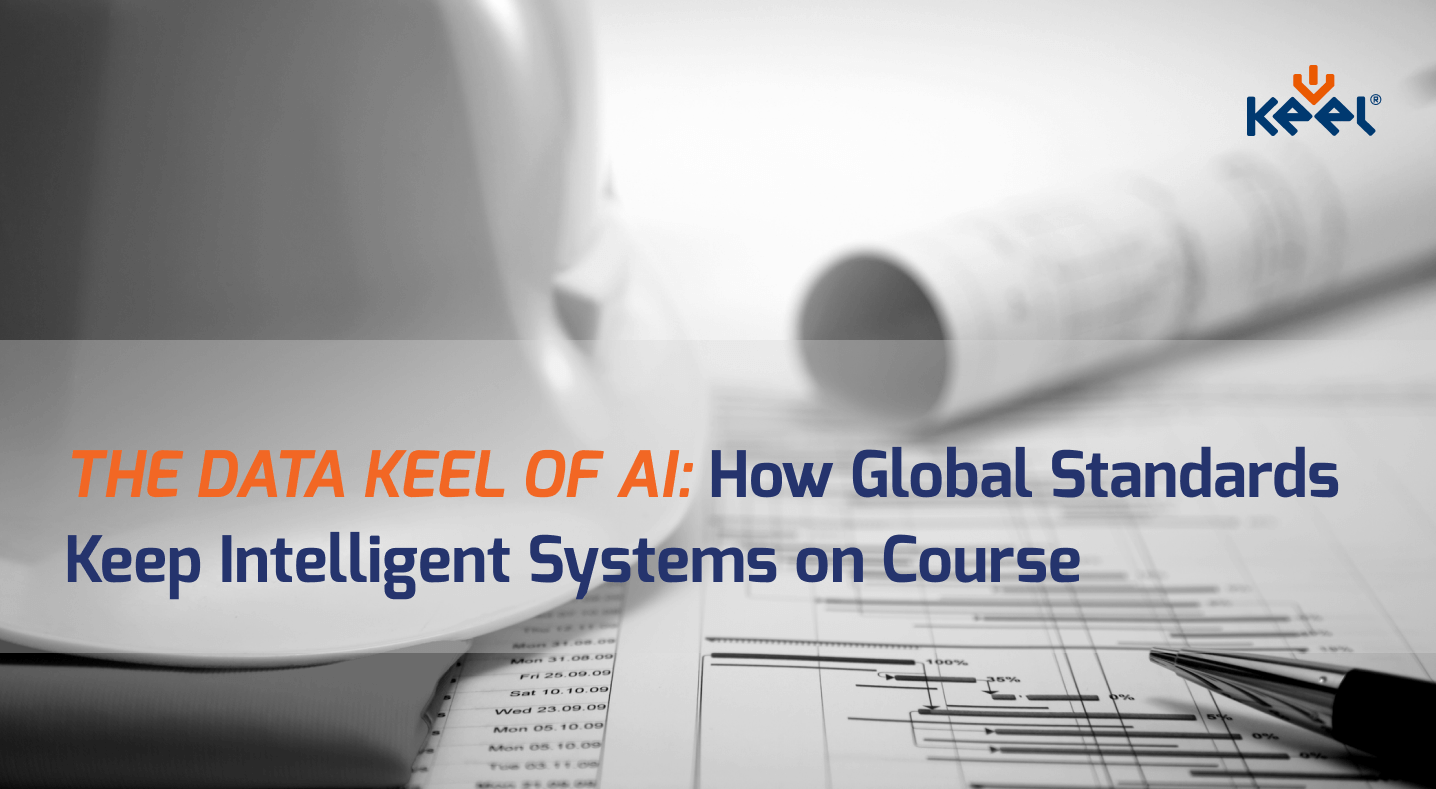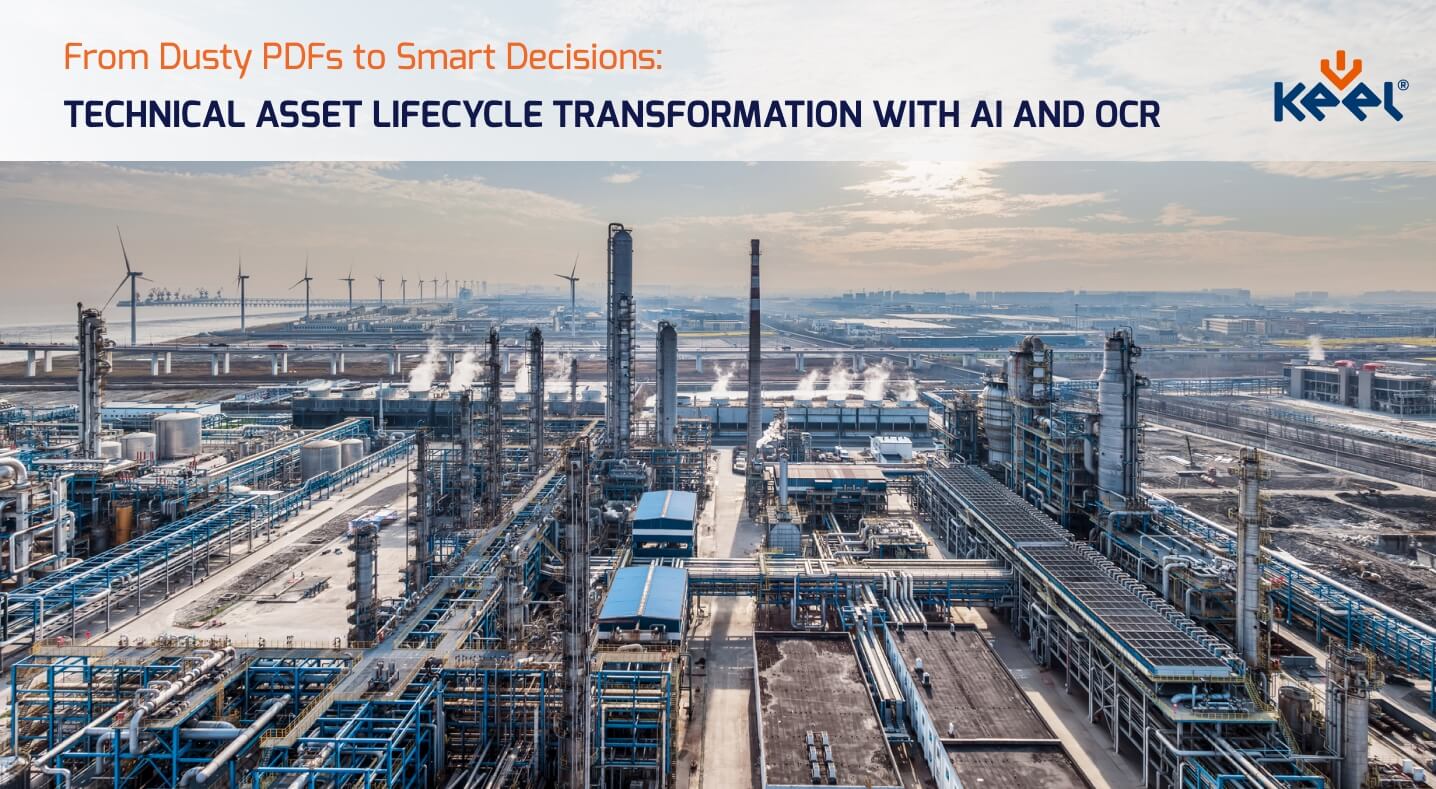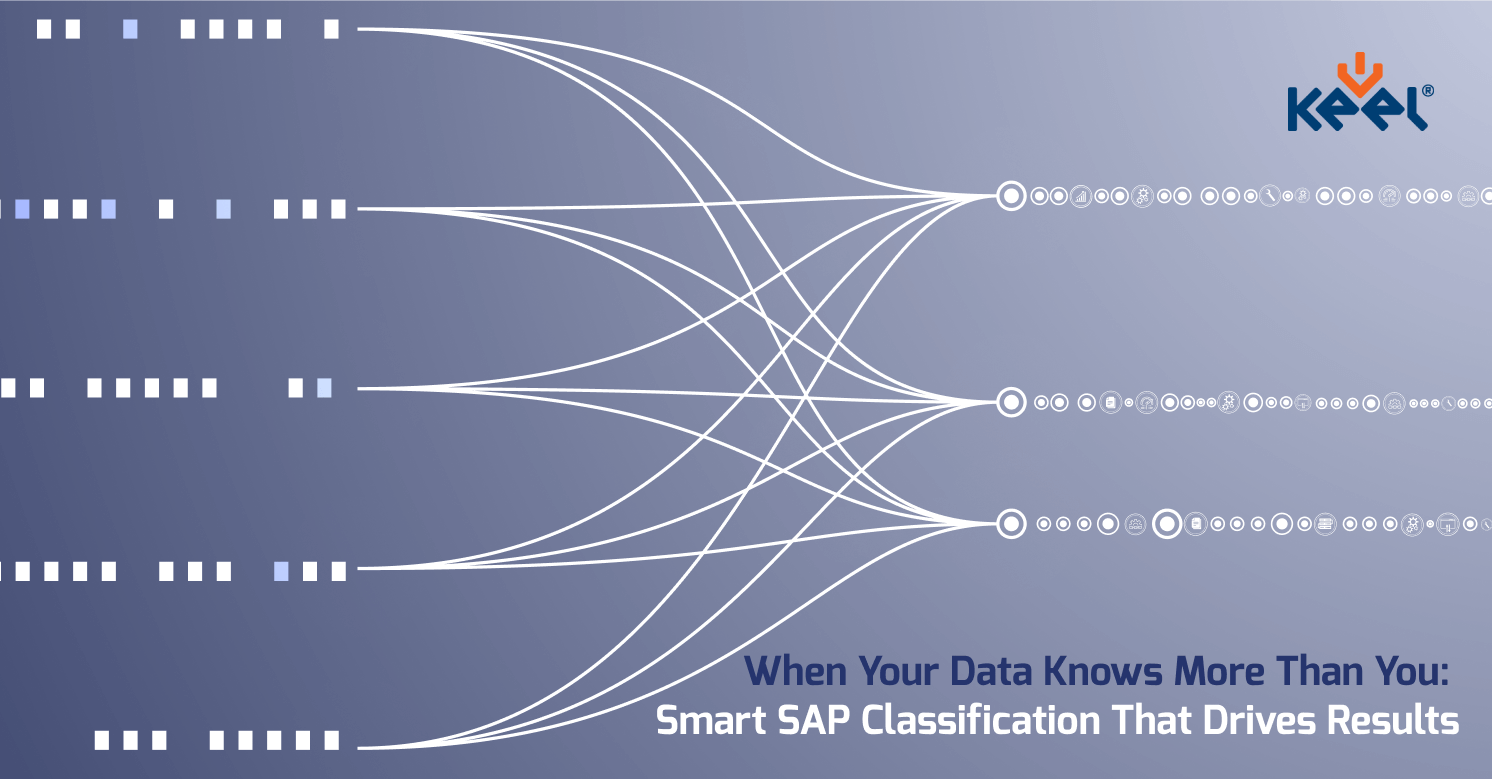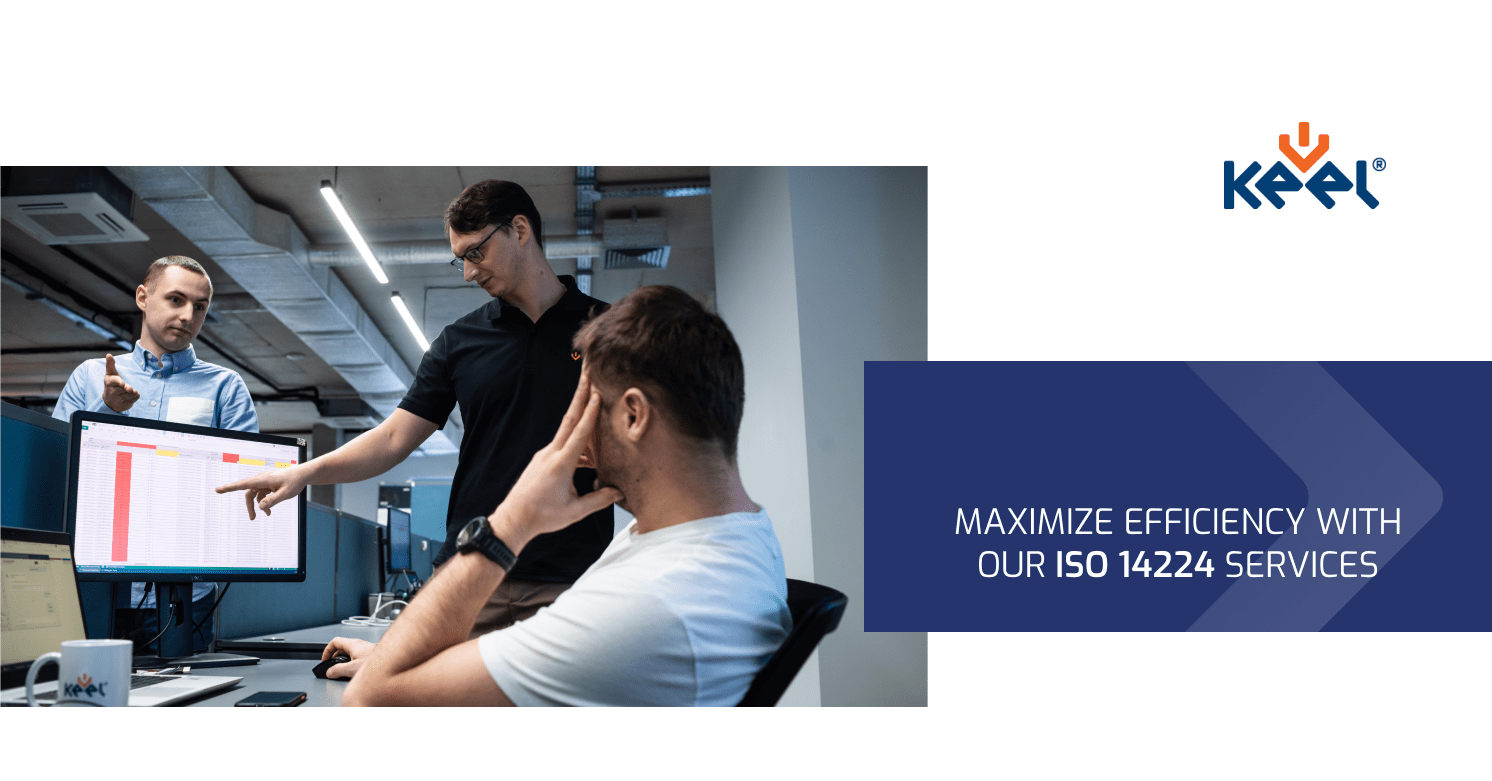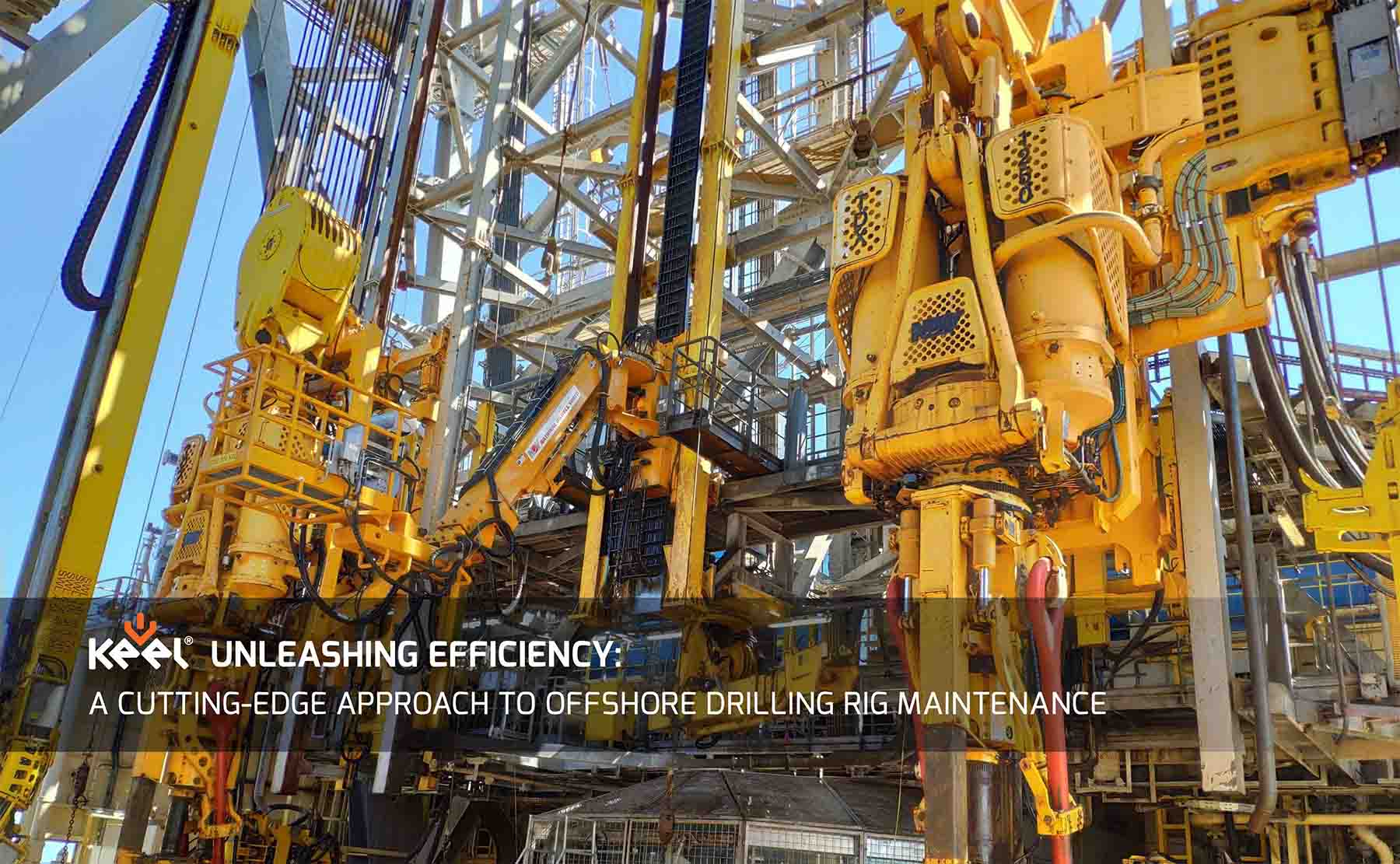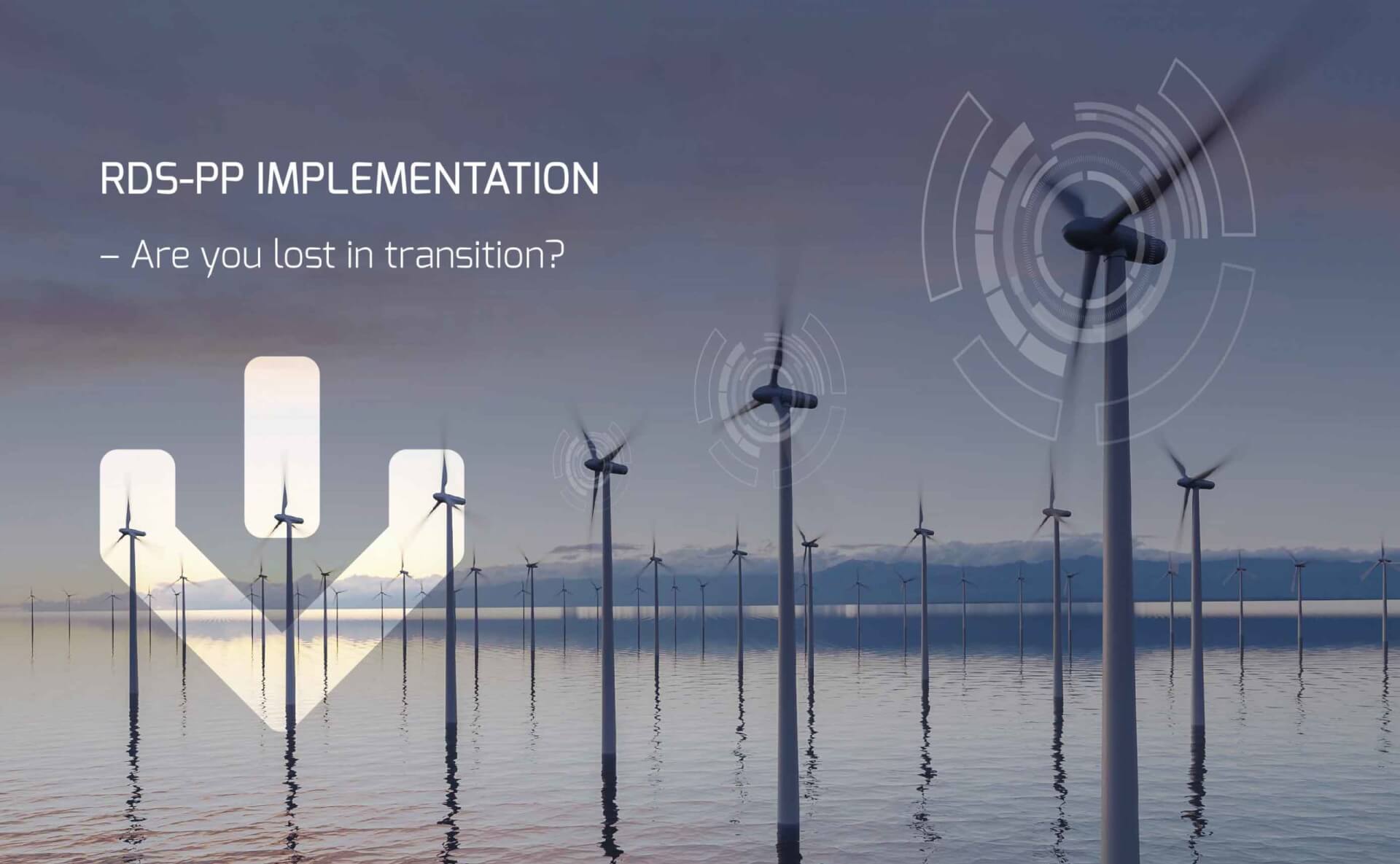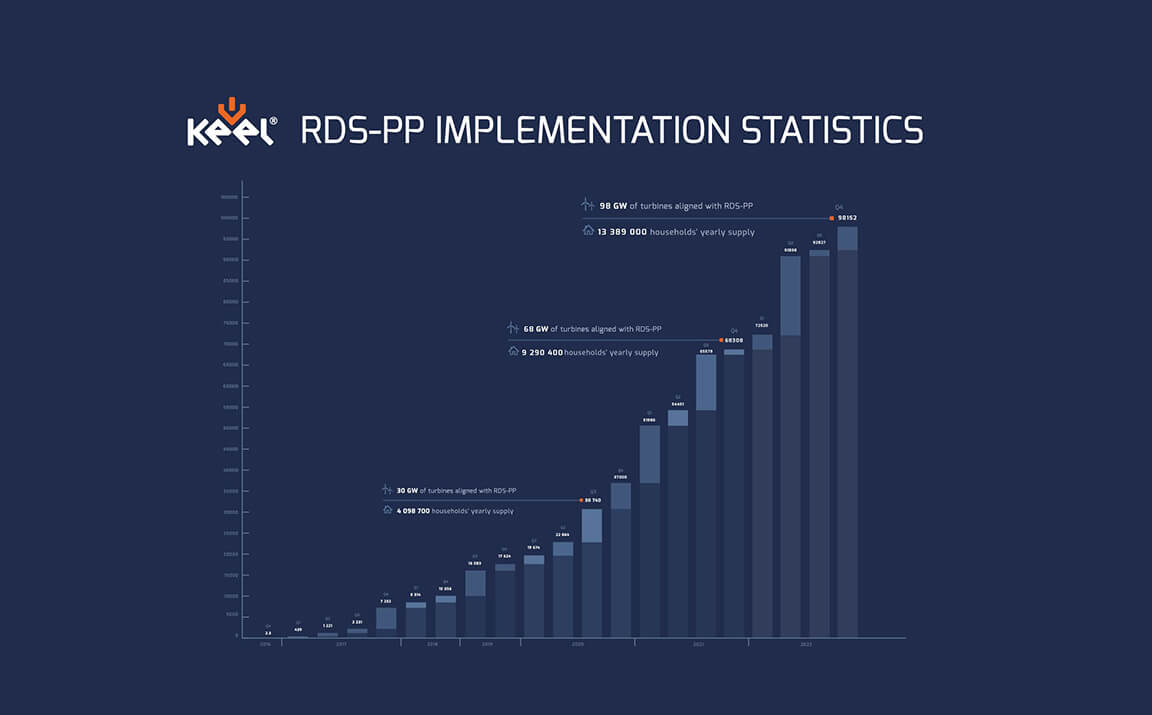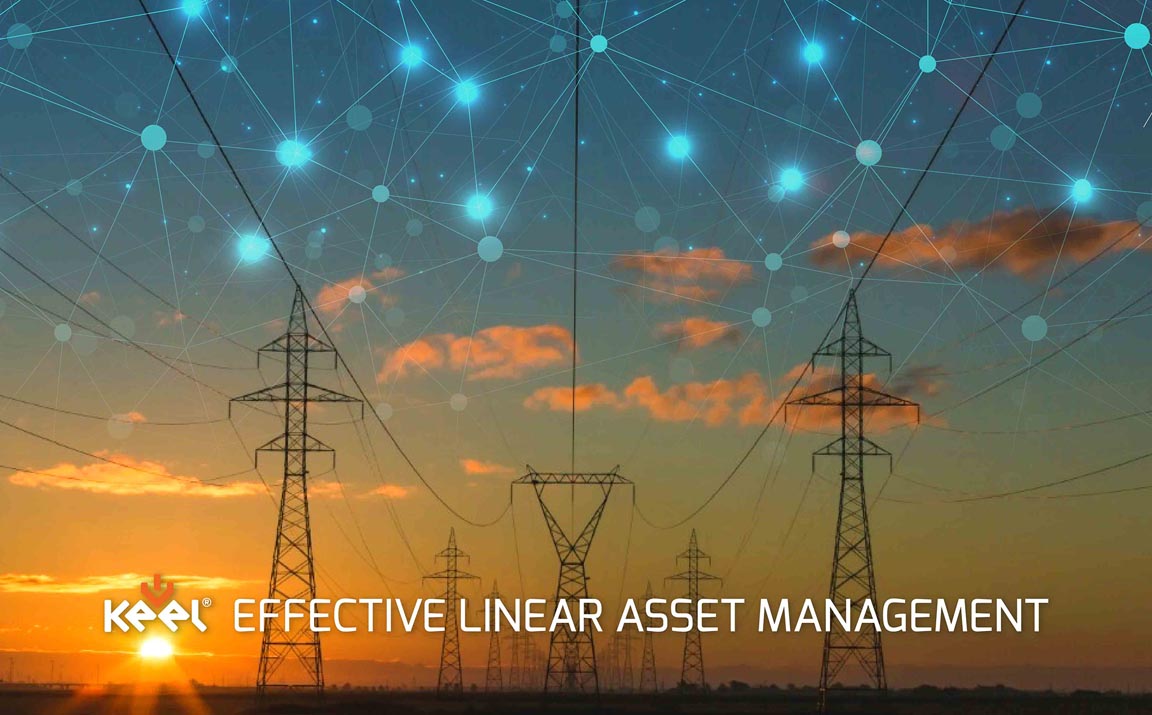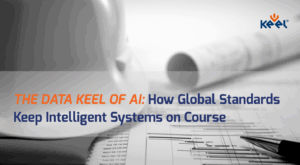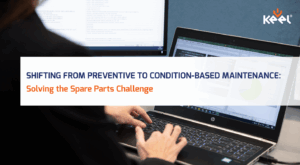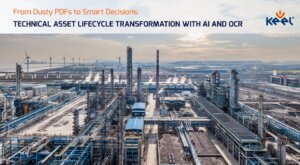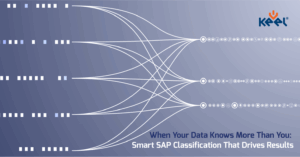Written by Christian D. Grahn Just as a ship’s keel ensures balance and direction, standards like ISO 8000, OREDA, UNSPSC & ECLASS, STANAGs, GS1 Standards and NORSOK stabilize the data foundation beneath AI. Without them, intelligent systems drift off course. Why Standards Are the Key to Trustworthy AI Artificial intelligence is changing how industries operate […]
MoreWritten by Vitalii Yeliashevskyi Shifting from preventive maintenance to condition-based maintenance (CBM) offers many benefits for organizations, such as improved reliability, higher availability, and reduced costs. However, organizations planning to implement CBM often ask: “How should we now plan our warehouse?” With preventive maintenance, the planning of spare parts is straightforward – you can prepare […]
MoreWritten by Igor Pyl In asset-intensive industries, digital transformation is not simply a question of installing new systems – it’s about unlocking and structuring the enormous volume of existing technical and operational information that organizations already have. Much of this data, however, remains trapped in unstructured and semi-structured formats: scanned PDF documents, technical drawings, vendor […]
MoreIn today’s digital landscape, structured and reliable technical information isn’t just helpful, it’s a strategic advantage. If your team is still managing vague data entries like “blue cable” or “safety valve”, it’s time to rethink your approach. Smart SAP Classification makes your data a powerful business asset, enabling faster decisions, fewer errors, and smoother operations. […]
MoreWritten by Vitalii Yeliashevskyi In today’s complex energy sector, implementation of reliability industry standards is not just a good practice; it’s a necessity. ISO (International Organization for Standardization) standards, such as ISO 14224, play a pivotal role in ensuring reliability, safety, and efficiency. At Keel Solutions, we specialize in helping organizations benefit from the implementation […]
MoreBy Vitalii Yeliashevskyi “Everything should be made as simple as possible, but no simpler”. Albert Einstein. Unfortunately, due to unpredictable obstacles during asset life, the data stored in EAM becomes obsolete or, in the worst case, is not relevant at all. Such data discrepancies cause financial losses and wasted personnel time. From the vast Keel […]
MoreExperience the Power of Keel’s Comprehensive Reference Hierarchy and Maintenance Library in Offshore Maintenance Optimization Keel has developed a powerful framework for creating and cleaning asset maintenance systems. This framework has been honed through more than 30 projects for maintenance system rollout and clean-up, resulting in a proven approach that delivers results. At the heart […]
MoreTransitioning to an industry standard As the wind power industry continues to grow and mature, more and more companies are making the transition from proprietary software to standardized data structures, such as RDS-PP®. RDS-PP® standards provide a common language and structure for wind turbine data, which makes it easier to manage and analyze. By standardizing […]
MoreKeel has reached another milestone of building the RDS-PP T32 structures for more than 40.000 wind turbine generators with a total capacity of over 98 GW. From increased productivity to improved quality control, our RDS-PP® solution is helping businesses reach new heights. So if you’re looking for a way to streamline your production processes and optimize […]
MoreWhat is Linear Asset Management (LAM), and why is it important? Let’s start with linear assets. Linear assets are assets that are typically long and narrow and are used to transport goods, people, or utilities from one location to another.Linear Asset Management involves the planning, construction, maintenance, and repair of these assets. This can involve […]
More